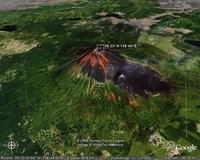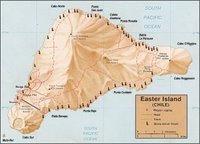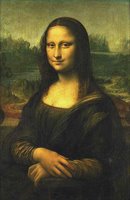Venice
 |  |
Location: 45 26'N 12 19'E (Copy&Paste in Google Earth)
Venice (Italian: Venezia, Venetian: Venexia), nicknamed the "city of canals", is the capital of the region of Veneto and of the province of Venice in Italy. Its population is 271,663 (census estimate January 1, 2004). The city is included, with Padua (Padova), in the Padua-Venice Metropolitan Area, population 1,600,000.
The city stretches across numerous small islands in the marshy Venetian Lagoon along the Adriatic Sea in northeast Italy. The saltwater lagoon stretches along the shoreline between the mouths of the Po (south) and the Piave (north) Rivers.
Venice is world-famous for its canals. It is built on an archipelago of 118 islands formed by about 150 canals in a shallow lagoon. The islands on which the city is built are connected by about 400 bridges. In the old center, the canals serve the function of roads, and every form of transport is on water or on foot.
The classical Venetian boat is the gondola, although it is now mostly used for tourists, or for weddings, funerals, or other ceremonies. Most Venetians now travel by motorised waterbuses ("vaporetto") which ply regular routes along the major canals and between the city's islands. The city also has many private boats. The only unmotorized gondolas still in common use by Venetians are the traghetti, foot passenger ferries crossing the Grand Canal at certain points without bridges.
 |  |















